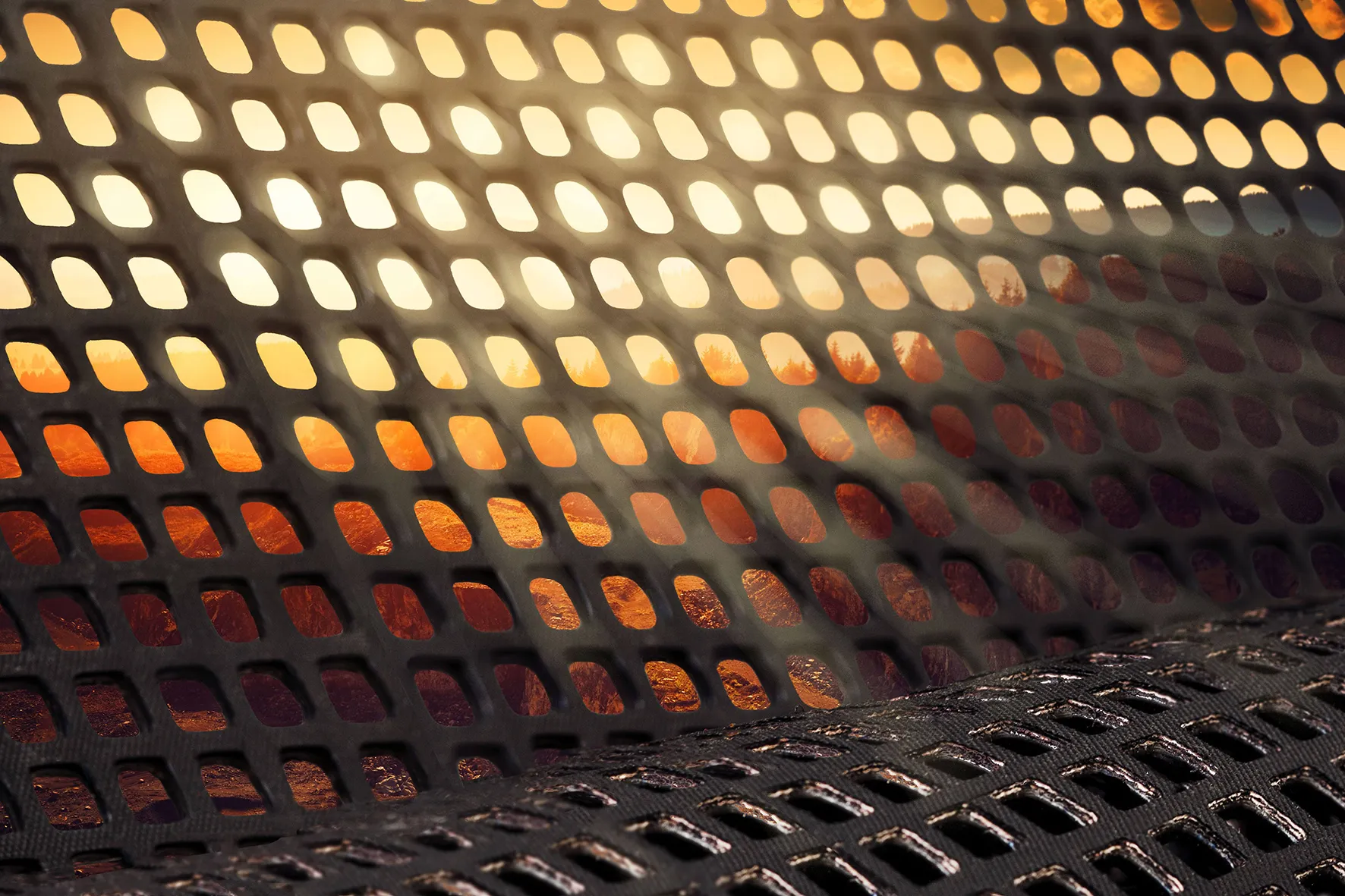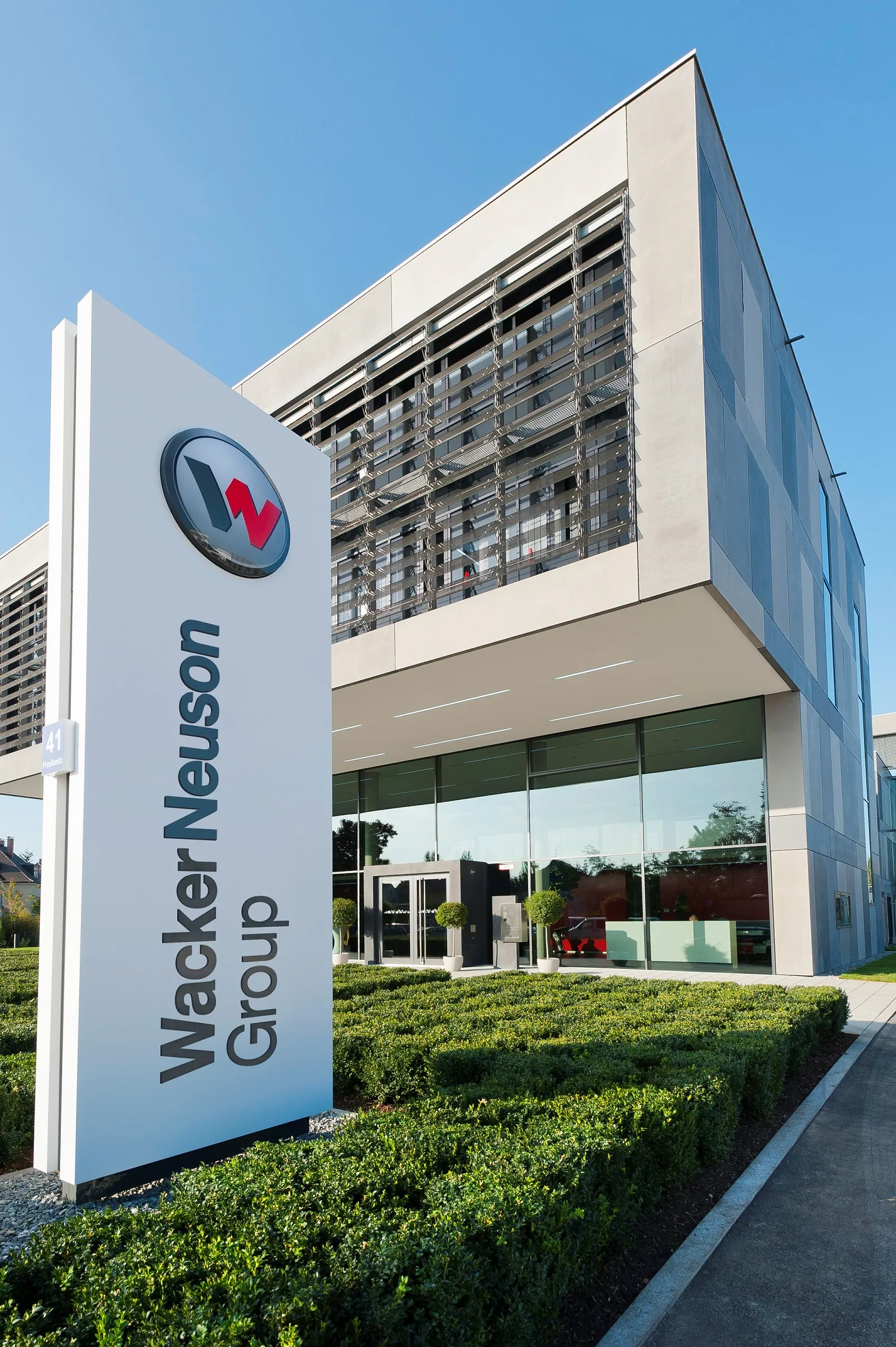
Launched earlier this year and the heaviest of nine SB body breakers said to be ideal for civil engineering, trenching and construction and demolition customers, the 1.06 tonne attachment can be fitted to 13-24 tonne class excavators.
The SB body breakers’ ‘Solid Body’ concept eliminates common parts to enable high durability and a slim, compact, lightweight design. Christian Maggioni, Epiroc regional business line manager hydraulic attachment tools, said the concept was the first of its kind in global breaker manufacturing sector.
“It took a couple of years to develop the Solid Body concept, as from a metallurgy point of view it is not easy to make such a body,” said Maggioni. “The SB 1102 has fantastic reliability and power. It is not like a standard breaker. It is a great model for rental customers. We have had a lot of success with the SB body breakers, starting from the smallest one [weighing 55kg].”
Like the other SB solid body range breakers, the SB 1102 also has an energy recovery system that automatically utilises the piston recoil energy to reduce vibration levels, simultaneously increasing performance. Also aiding the breaker’s consistent performance and reliability is a claimed maintenance-free high-pressure accumulator with a patented diaphragm support.









